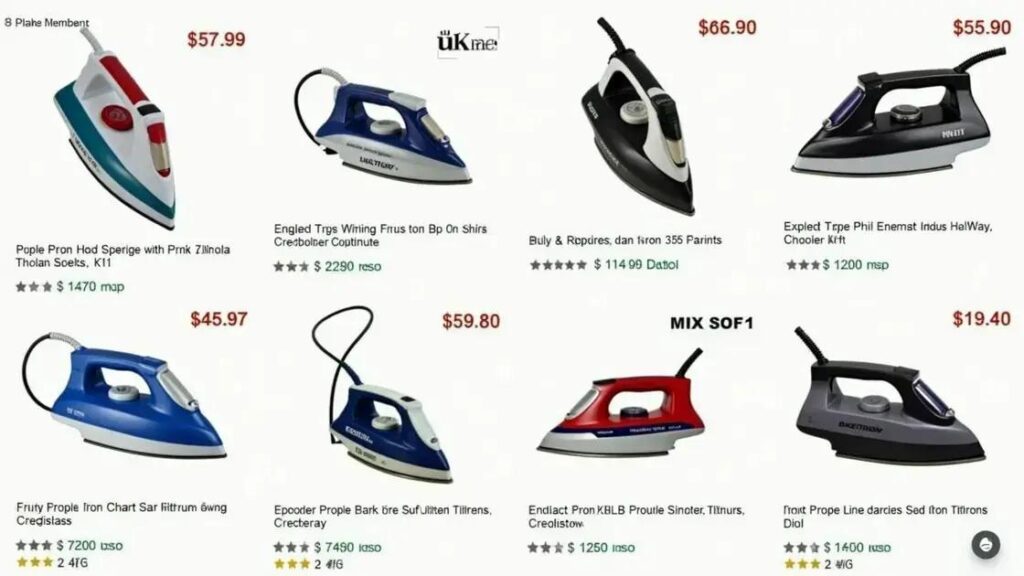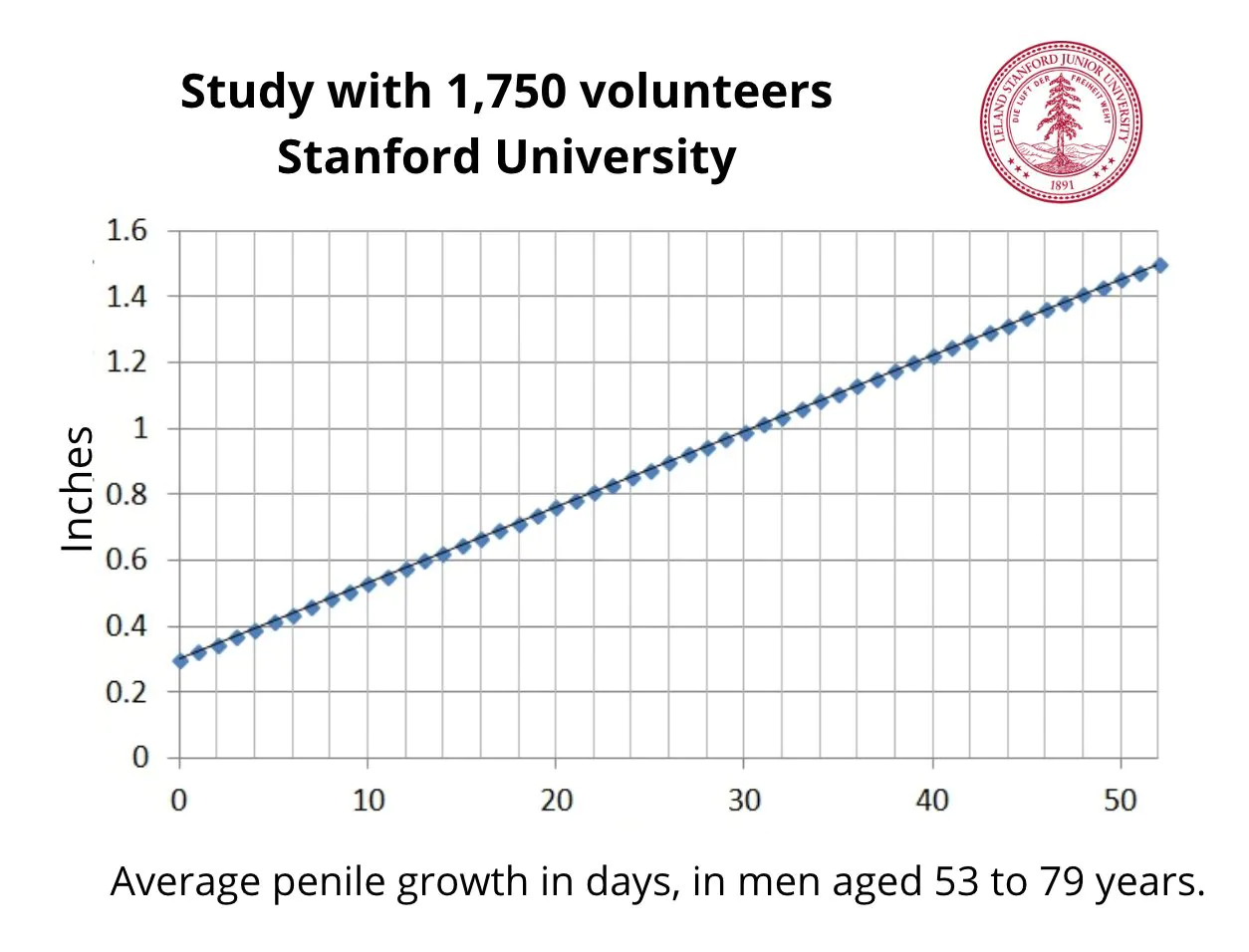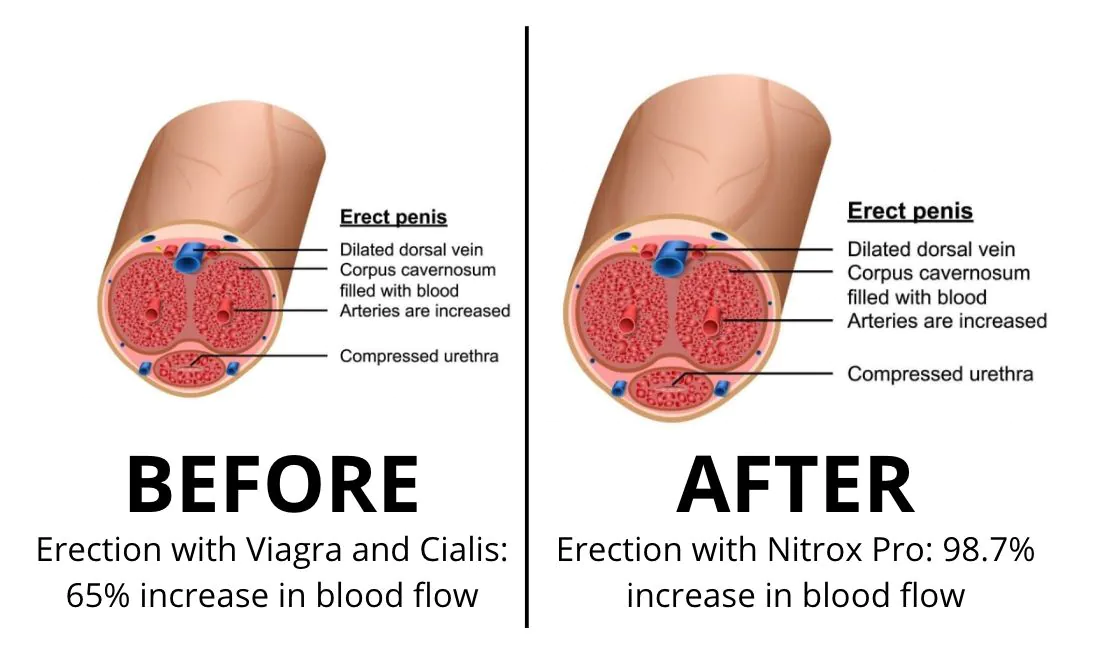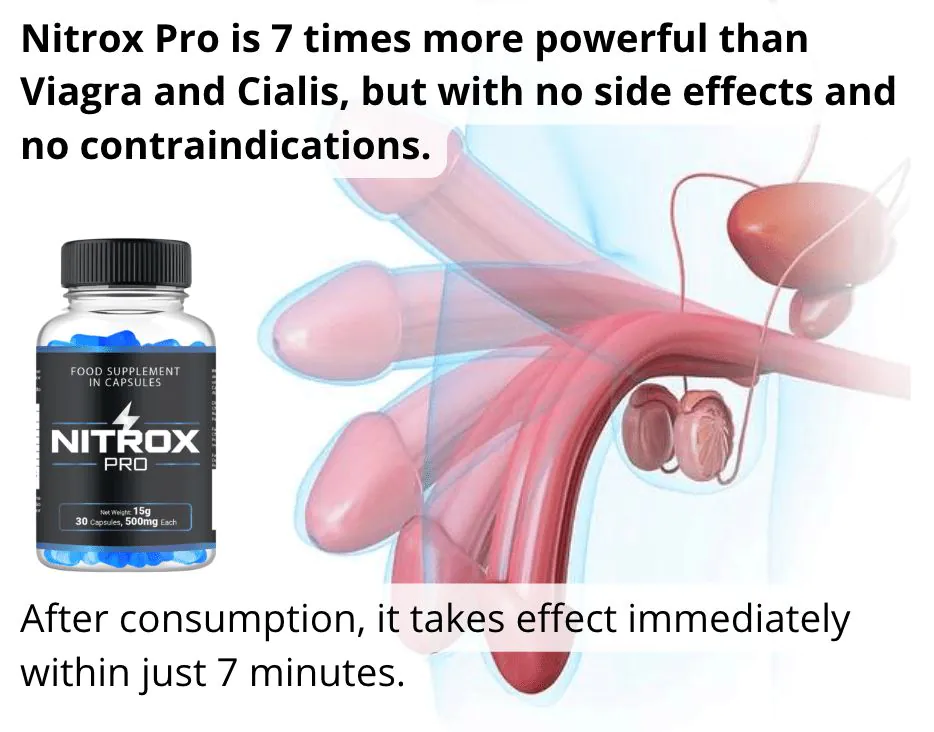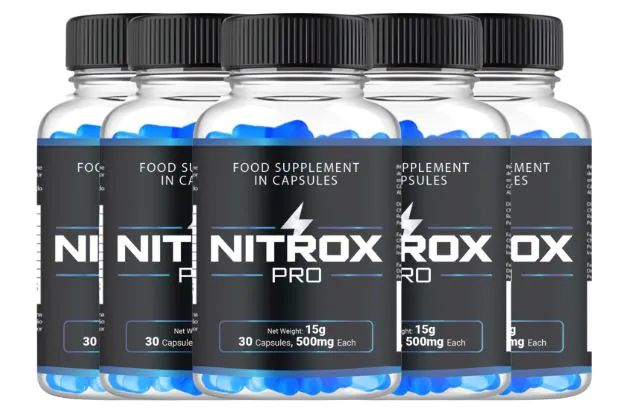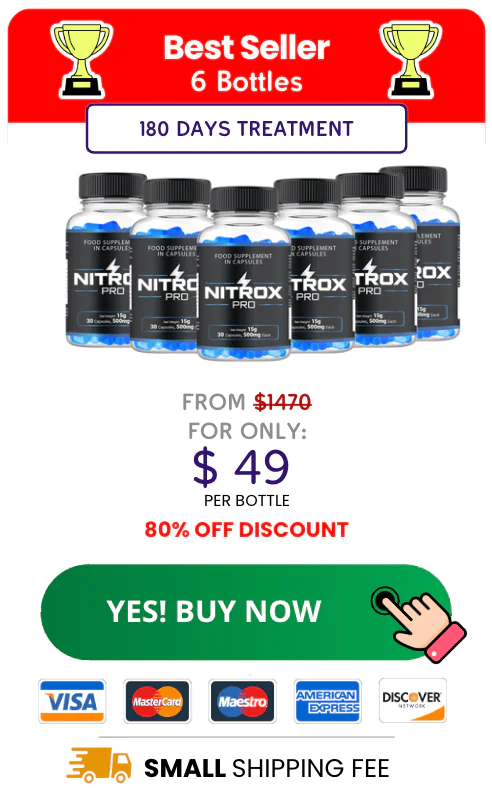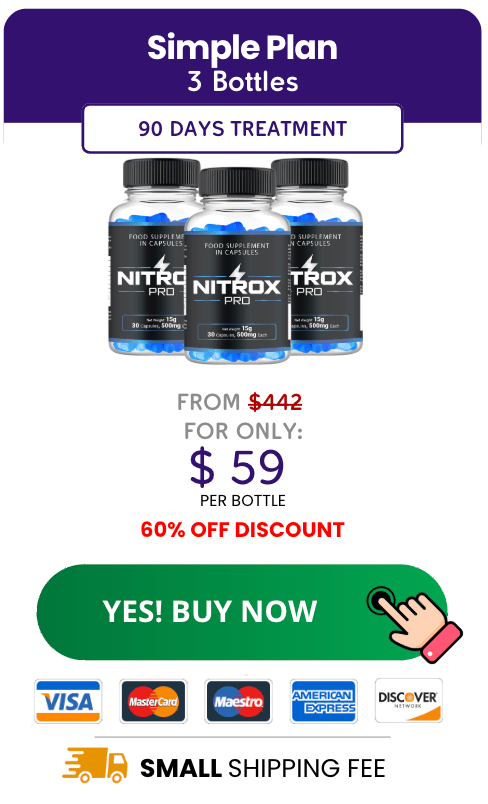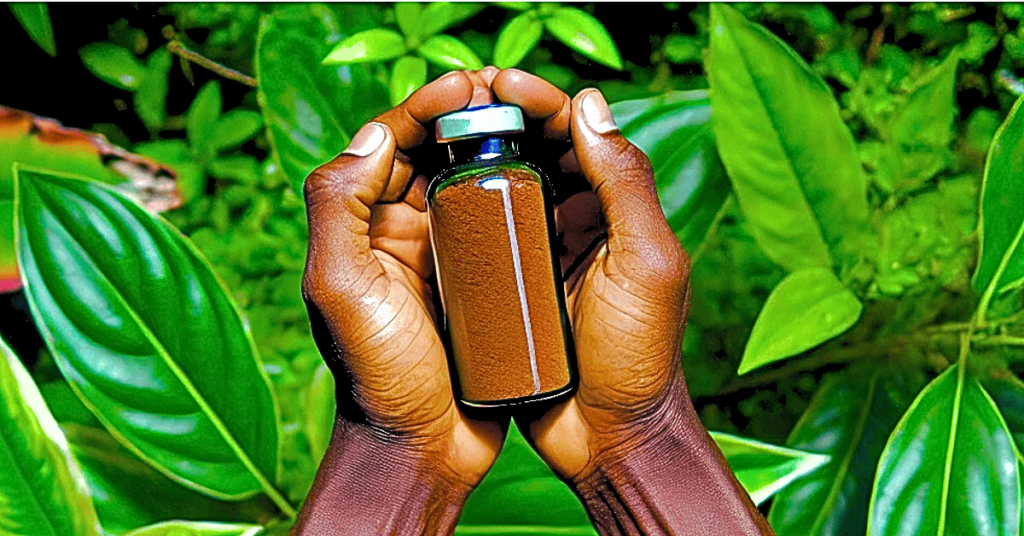The average price of an iron pump generally ranges from $200 to $600, influenced by factors such as type, brand, specifications, and seasonal demand. Popular brands include Super Duty, EcoFlow, and Titan, each offering various models to meet diverse needs.
If you’re wondering, “What is the average price of Iron Pump?”, you’re not alone. Many consumers and businesses seek to understand the costs associated with iron pumps before making a purchase. These pumps are critical in many applications, from agriculture to water management, and their prices can vary significantly based on various factors. In this article, we will delve into the factors influencing Iron Pump prices and offer comparisons of popular models in the market.
Factors Influencing Iron Pump Prices
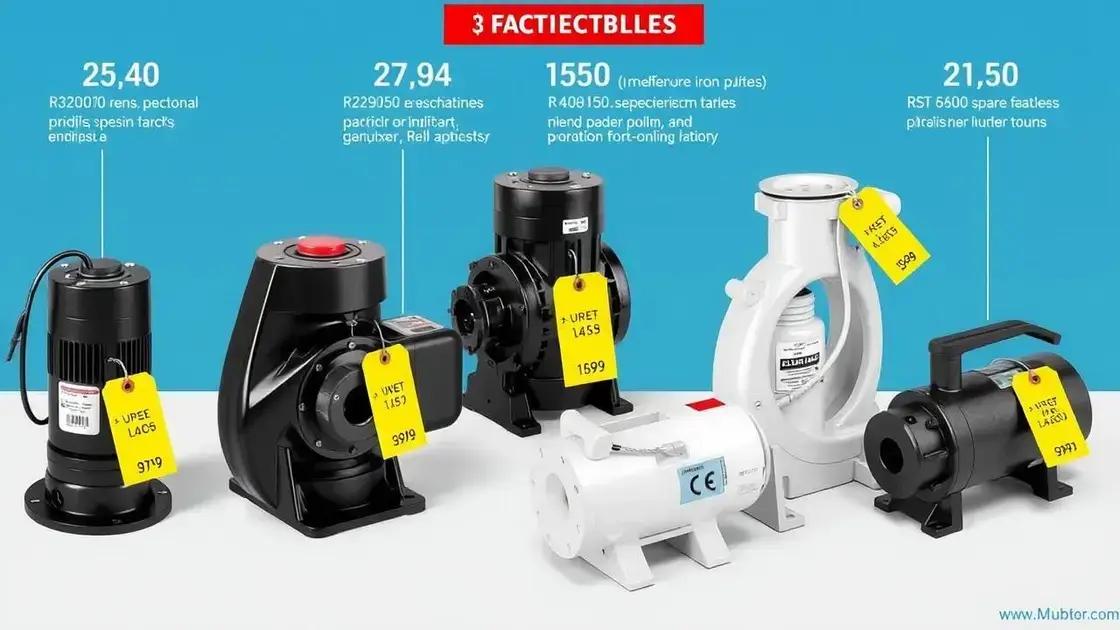
When considering the average price of Iron Pump, several factors come into play that can affect pricing significantly. Understanding these factors can help you make informed decisions.
1. Type of Iron Pump
There are various types of iron pumps, such as submersible pumps, centrifugal pumps, and diaphragm pumps. Each type has different functions, which can influence their average costs. For instance, submersible pumps are often priced higher due to their specialized design for underwater use.
2. Brand and Manufacturer
The brand reputation and manufacturer of the iron pump also impact the price. Established brands usually charge more because of their quality assurance and customer service offerings. Investing in a reputable brand can often save you money in the long run due to lower maintenance and replacement needs.
3. Pump Specifications
Specifications such as horsepower, flow rate, and maximum head height affect pricing. Pumps with higher specifications tend to be more expensive due to the added technology and engineering involved. If your application requires a robust solution, be prepared for a higher investment.
4. Material Quality
The materials used in the pump’s construction can change price significantly. Pumps made from high-quality, corrosion-resistant materials typically have a higher upfront cost but offer better durability and longevity.
5. Purchase Location
Where you purchase the pump can also influence its price. Buying from local suppliers may incur additional delivery costs or installation fees, while online vendors might offer lower prices but could charge for shipping.
6. Seasonal Demand
Like many products, the demand for iron pumps can fluctuate with the seasons. During peak times, such as summer for agricultural uses, prices may rise due to increased demand. Waiting for off-peak seasons could yield better deals.
By considering these factors, you can better gauge the average price of Iron Pump and find an option that suits your needs and budget.
Comparing Prices of Popular Iron Pumps

When comparing prices of popular iron pumps, it helps to understand the leading models in the market. Here are several notable options:
1. Super Duty Iron Pump
The Super Duty Iron Pump is known for its durability and efficiency. Prices typically range from $300 to $450, depending on the specifications. This pump is ideal for heavy-duty applications and offers a robust performance.
2. EcoFlow Iron Pump
The EcoFlow Iron Pump focuses on energy efficiency and sustainability. Priced around $250 to $350, it is a great choice for environmentally-conscious consumers who still need high performance.
3. AquaMax Iron Pump
AquaMax offers versatile pumps ranging from $200 to $400. With varying features for different applications, this brand appeals to a broad audience, including residential and agricultural clients.
4. ProFlow Iron Pump
ProFlow’s models are typically priced between $400 and $600. These pumps are often recommended for commercial use due to their high flow rates and extended service life.
5. Titan Iron Pump
The Titan Iron Pump is at the premium end, with prices starting around $500. Known for its innovative technology and best-in-class performance, this pump is favored for industrial applications.
When comparing prices, consider factors such as the type of iron pump, its capabilities, and the specific requirements for your project. Each model has its strengths and weaknesses, impacting costs and performance levels. This detailed comparison will help you determine the best value for your needs.
In summary, understanding the average price of Iron Pumps
Knowing the factors that influence pricing, such as type, brand, specifications, and seasonal demand, is critical. Each of these elements plays a role in determining how much you should expect to pay for an iron pump.
By comparing popular models like the Super Duty, EcoFlow, AquaMax, ProFlow, and Titan, you gain insight into the options available on the market and what may work best for your needs.
As you consider purchasing an iron pump, factor in not only the initial cost but also the long-term durability and efficiency that may affect your overall investment.
Taking the time to research will ensure you find an iron pump that balances performance and value, making your purchase worthwhile.
FAQ – Frequently Asked Questions about Iron Pumps
What factors influence the price of iron pumps?
Factors such as type, brand, specifications, material quality, purchase location, and seasonal demand significantly influence the price of iron pumps.
How do I choose the right iron pump for my needs?
Consider your specific application, such as flow rate and efficiency requirements, and compare different models based on durability and cost.
Are there popular brands of iron pumps I should consider?
Yes, some popular brands include Super Duty, EcoFlow, AquaMax, ProFlow, and Titan. Each offers various models for different applications.
What is the average price range for iron pumps?
The average price range for iron pumps typically varies from $200 to $600, depending on the brand and specifications.
Do higher-priced iron pumps guarantee better performance?
Not necessarily. While higher-priced pumps often offer advanced features and durability, it’s essential to consider your specific needs and application.
Can seasonal demand affect iron pump prices?
Yes, during peak seasons, such as agricultural planting seasons, prices may increase due to higher demand.

